Barn Finds: What They Are, How to Find Them, and What Makes Them So Cool
The dos and don'ts of hunting for that diamond in the rough.
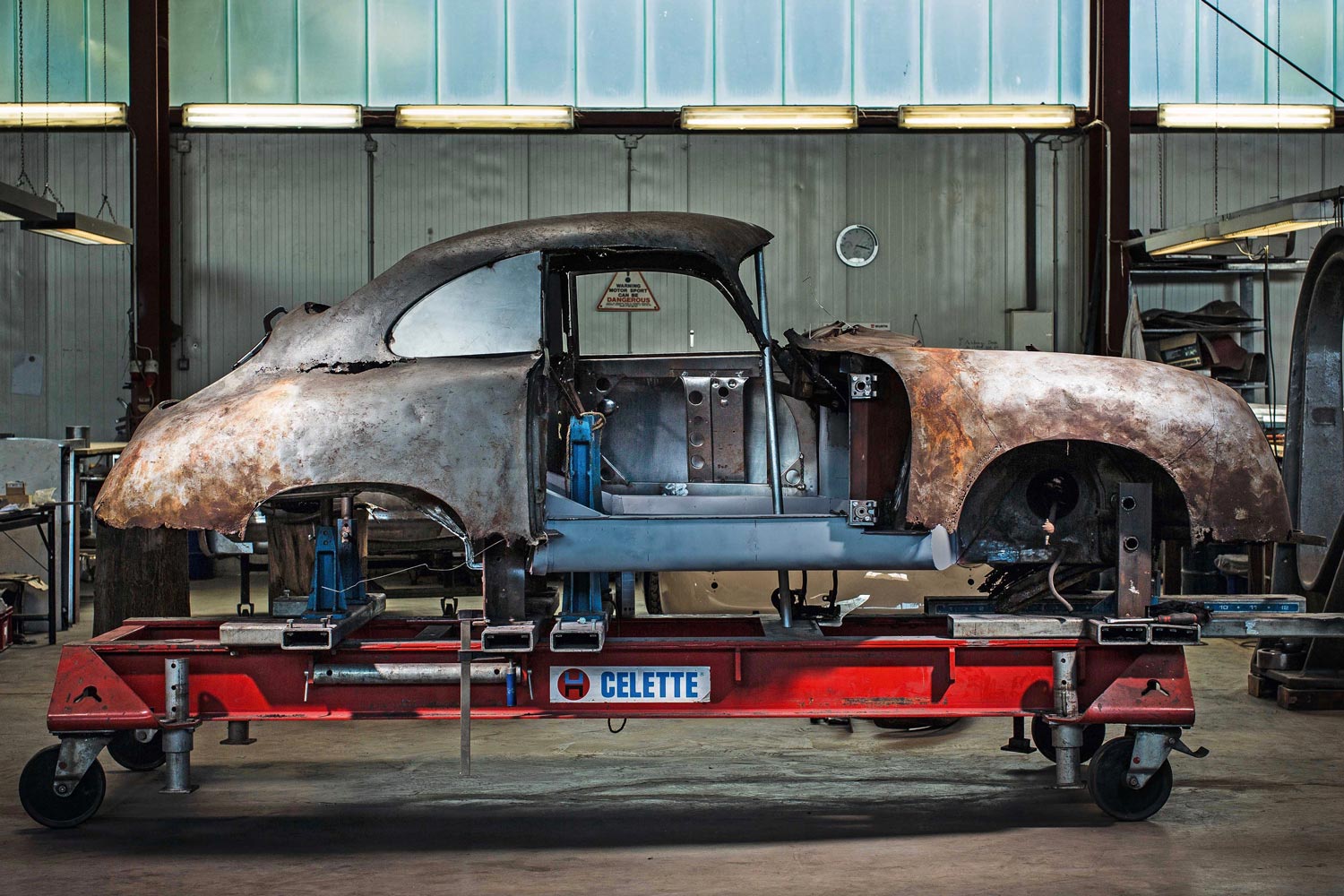 Porsche
Porsche
Article QuickTakes:
The allure of the barn find — that forgotten or neglected classic discovered in a garage, warehouse, driveway, parking lot, field, backyard, or maybe even an actual barn — is powerful among car enthusiasts. Many fantasize about finding their dream ride in a dusty garage somewhere, returning it to its original glory, and then driving it forever.
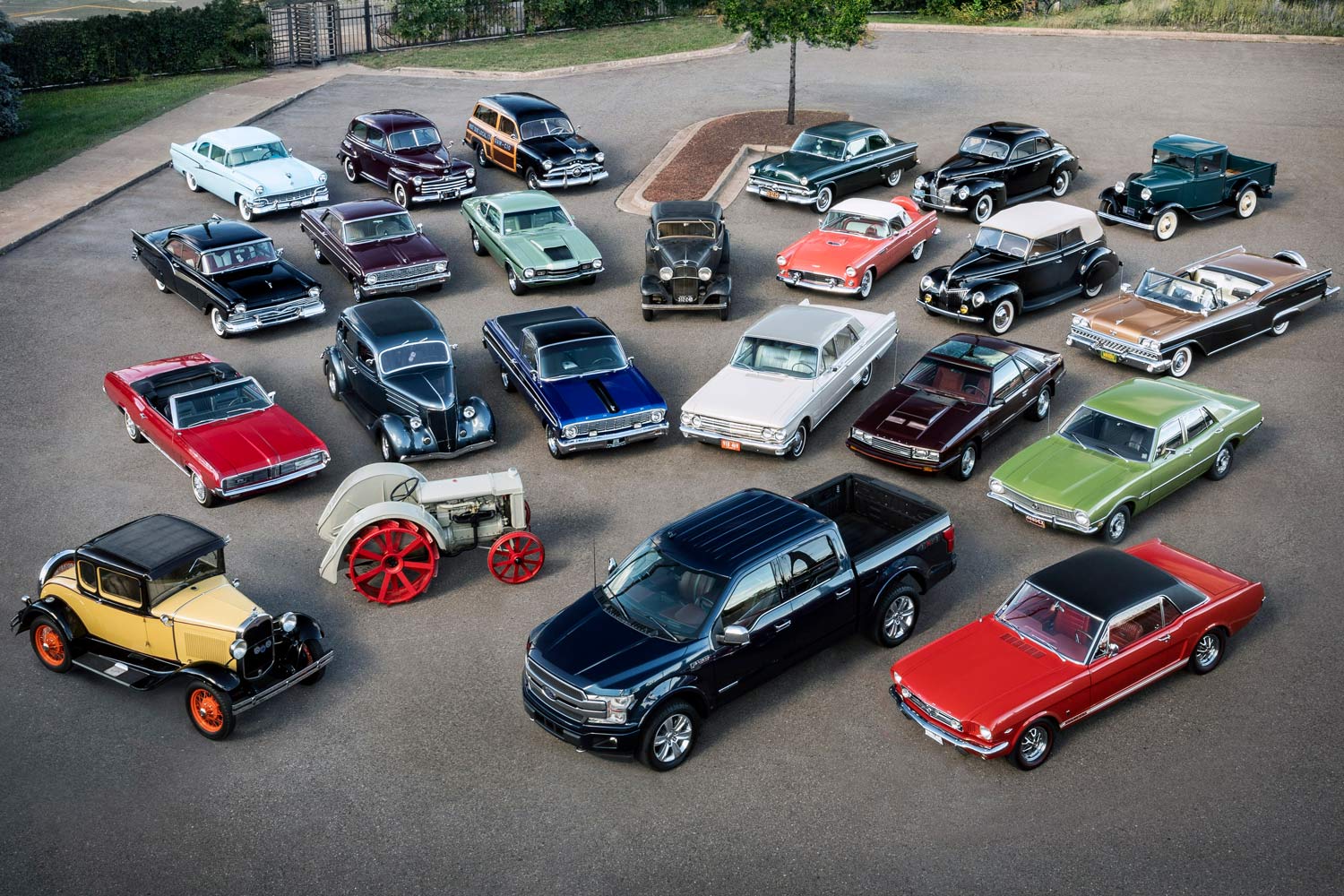 Ford
Ford
But the dream of the barn find is one thing. The reality of hunting down, acquiring, and reviving forgotten cars is quite another. From knowing where and when to go looking to understanding the many ways a curious car hunter might overstep into trespassing, there’s a lot more to barn finds than just having some cash and a good eye.
There’s perhaps no better person from whom to learn the barn-find ins and outs than the man who literally wrote the book (several, actually) on them. That’s famed car collector Tom Cotter aka the Barn Find Hunter.
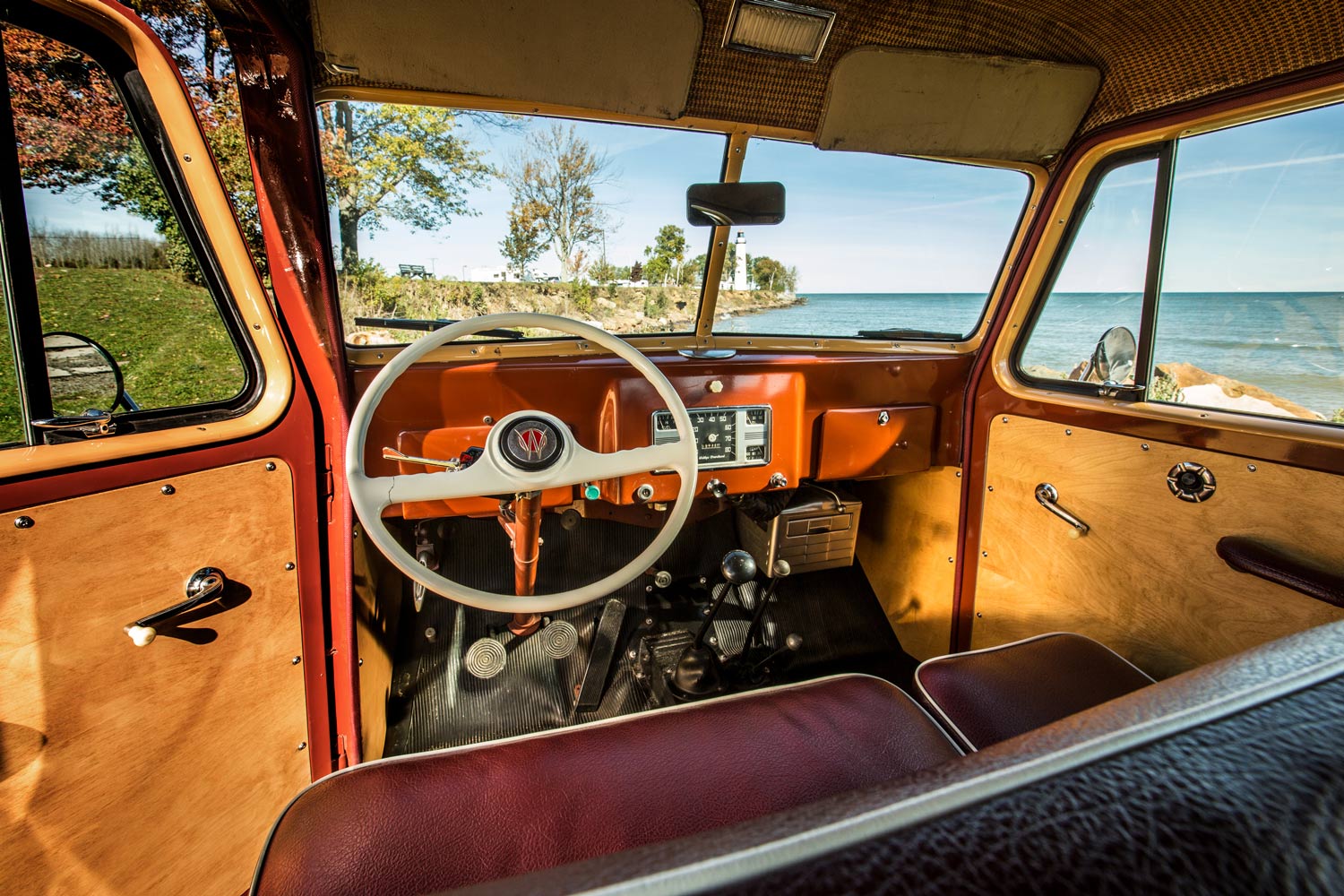 Jeep
Jeep
Location, Location, Location
Cotter fell in love with hunting down barn finds as a child growing up on Long Island. During more than a half century of car hunting since then, he has identified several key principles for a successful search. First among them is that where you look matters a great deal. No matter which vintage ride you hope to find, his advice remains the same: Head southwest.
Cotter, whose latest book is “Secrets of the Barn Find Hunter: The Art of Finding Lost Collector Cars,” recalls a trip on Route 66 for a book about car hunting along that iconic highway: “I thought, in Illinois, ‘Oh wow, look at that old truck,’” he said. But by the time he got to New Mexico, he said, “I wouldn't have taken that old truck in Chicago for free.” The dry air of the southwestern United States, he said, leaves most neglected old cars there with “better bones” than those found in other parts of the country.
“I always advise people living in the northern part of the United States: Drive South,” Cotter said, “because the money you'll spend traveling to the south and dragging the car home will be a lot cheaper than paying $100 an hour for a fabricator to put in new floors or other panels.”
But what if you can’t dedicate the time to exploring New Mexico or Arizona? Cotter recommends hunting locally on weekends, especially during warmer months when people will be outside doing yard work with their garages open, making it easier for you to spot that treasure within.
Once you have a car in your sights, you’re going to have to approach the owner and eventually make the deal that will make it yours. That’s where the next barn-finding principle comes into play: You’ll need to sell yourself before you can buy the car.
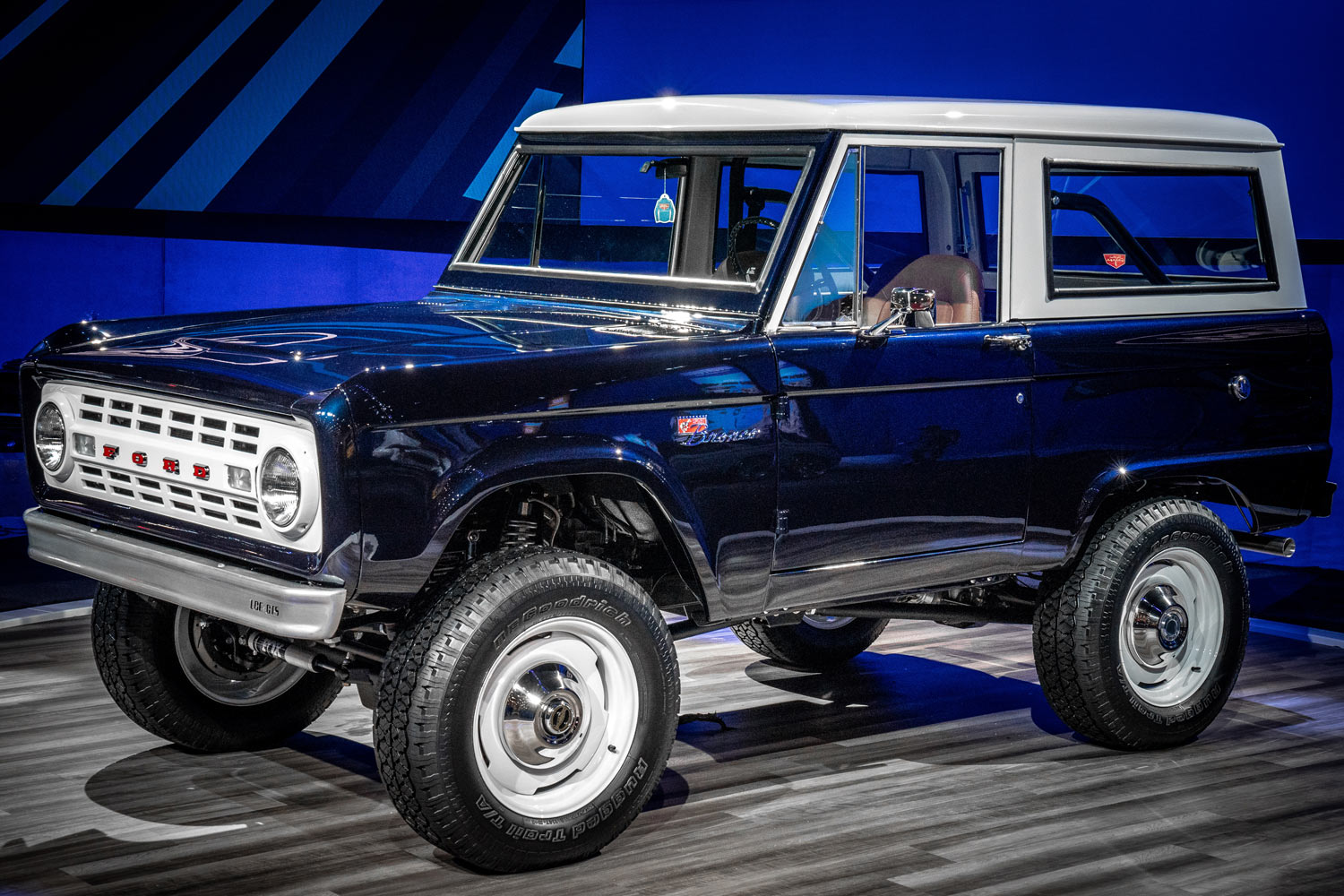 Ford
Ford
Invest in Relationships
Approaching a stranger at their home or on their property should be done with the utmost respect and caution. You can't walk up and have a look inside a garage, barn, or warehouse. There’s almost no legal way to just have a look inside. Trespassing isn’t going to help you make friends or find hidden gems. The best path forward is to use the sidewalk and either knock or ring the doorbell, as there is an implied public use. If the owner requests you leave their property, you should respect their wishes, as that implied use has then been revoked.
Cotter’s advice is to devote some time and energy to meeting people and building rapport before trying to get down to business. After decades of approaching strangers about their old cars, he explains in “Secrets of the Barn Find Hunter,” he’s adopted the attitude that “all car guys and car gals are friends, but some of us just haven’t met yet.”
“You have to sell yourself, he said, “before you can either sell a product or sometimes buy a product.”
Driving an interesting car, such as Cotter’s go-to 1939 Ford woody wagon, can be a highly effective icebreaker. But patience is also important. Conversations that might not prove fruitful right away can nevertheless establish a relationship that could mean you’ll be the first to get a call when a reluctant owner is finally ready to give up on that project car.
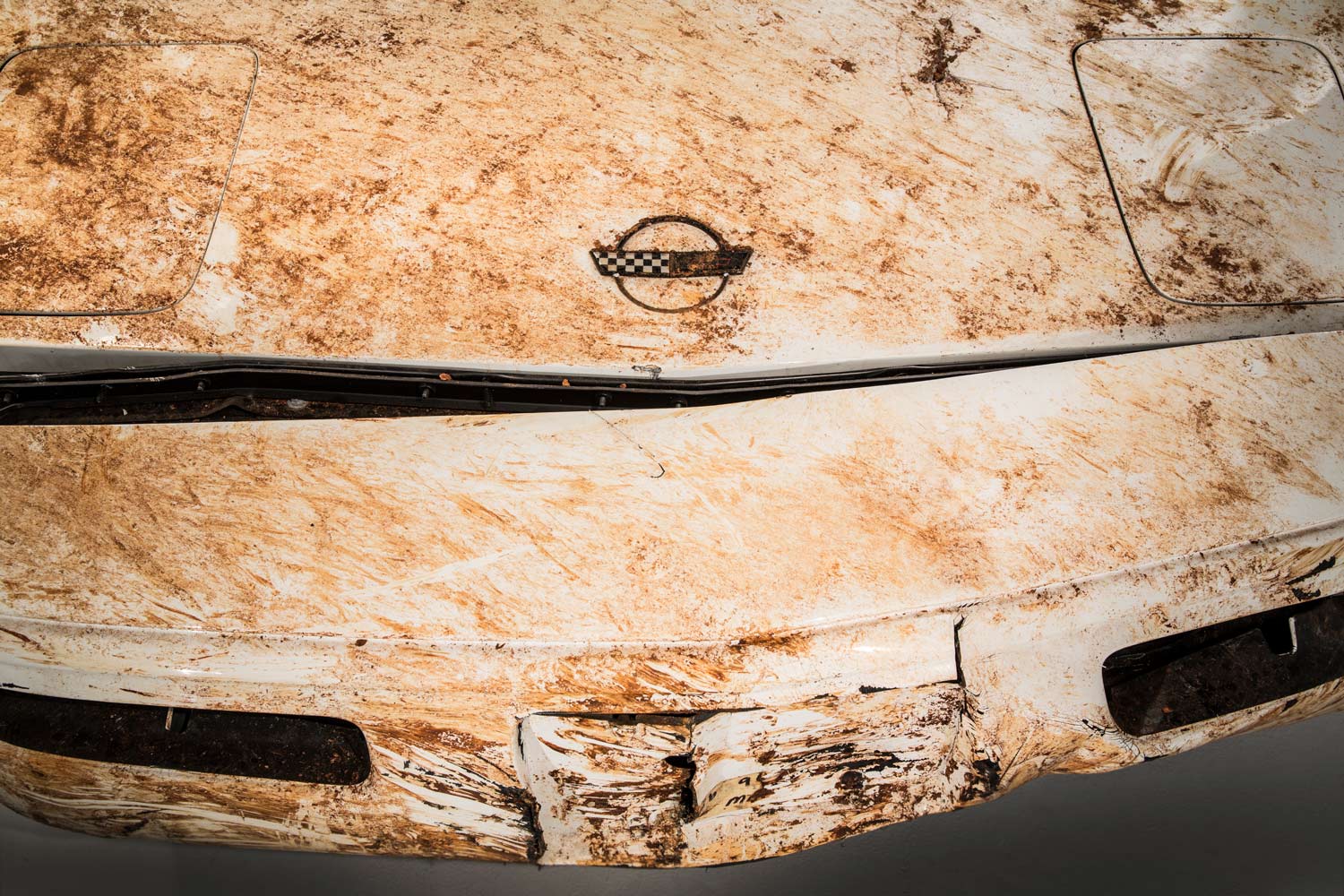 Chevrolet
Chevrolet
Do Your Homework
Finding something truly special can be exciting. Be careful not to let the thrill of the find overwhelm you into making a rash decision. Take time to search the internet to learn the model’s history. Find forums where owners share information about what to watch out for and how to identify various model years and trims. Give the car a thorough inspection with a checklist of things you’re looking for before you commit.
If the owner is willing to speak to you about their vehicle, ask as many questions as you can about how the car ended up where it is and about how it got into its current condition. Ask for any available paperwork, service records, etc. Bring a flashlight to get a good look at obscured areas of the car. And if you have a friend whose eyes you trust to catch something you might miss, bring them as well.
 Chevrolet
Chevrolet
Set Your Expectations
Once you’ve decided to buy a barn find, you’ll need to decide what you’re going to do with it and how much you’re willing to spend. Your budget starts with the price of the car itself, of course, but don’t expect to run away with a steal. Most owners will know what they’ve got. As Cotter writes “The days of buying an old car from an uneducated, uninformed owner are probably over.”
Next, you’ll need to decide what to do with your discovery. Are you fixing it up for yourself? Is it valuable enough to go to auction? Cotter says tastes these days are trending away from full concours-level restorations and toward keeping cars as original as possible. His own 1952 Cunningham C-3 is a prime example. Although it’s one of only 25 built, he’s opted against fresh paint and perfect bodywork, choosing instead to let the car tell its story through its wear.
Even among other Cunninghams at car shows, Cotter says, his is the one everybody gathers around. “I think it's because there's obviously a story and everybody wants that story,” he said. Amid a sea of no-expense-spared, museum-quality restorations, there’s something special about his “saggy and cool” C-3.
Happy hunting.



